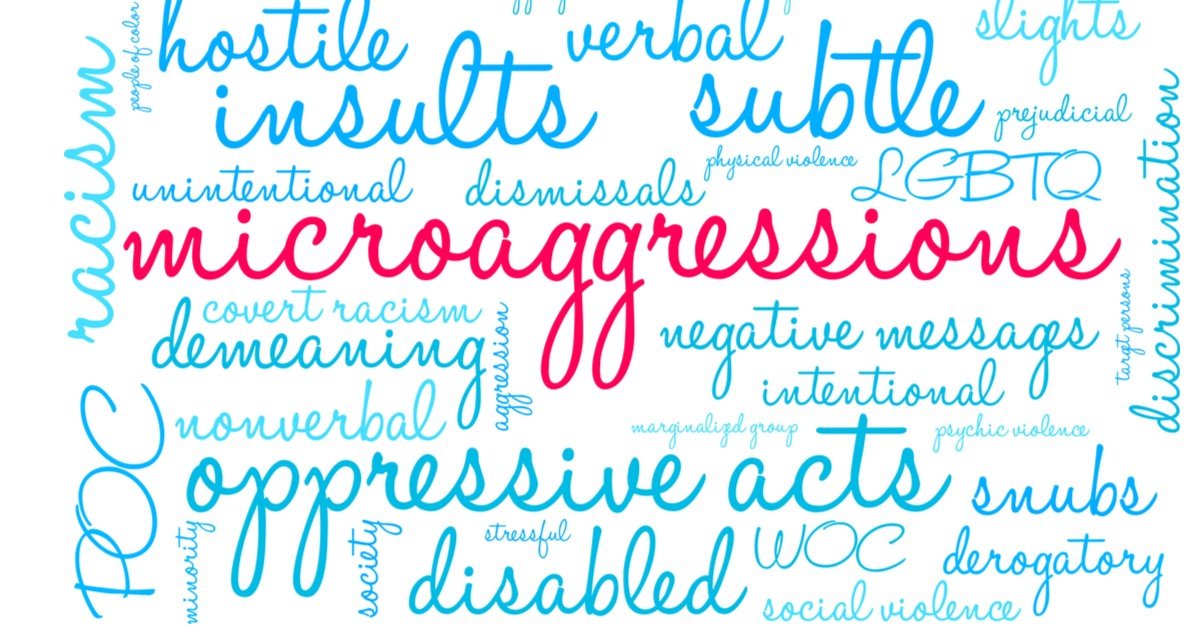It's Time For Change
In a most recent interview, Stassi Schroeder recently appeared on the Tamron Hall Show to speak about being fired from the hit Bravo series, “Vanderpump Rules” due to her “racially insensitive actions” that happened in June 2020. This was not the first time for Stassi’s racist behavior. In 2017, Stassi complained on her podcast about African Americans gaining the spotlight, saying, “I’m like, really sick of everyone talking about race. I’m kind of over it ... everyone giving their impassioned speeches about race and all of that stuff, I’m like, why is it always just about African Americans?”
Stassi is not alone in making such statements. Individuals who have not been affected by such racism or have a certain type of privilege often feel that the world is okay in their eyes. These types of microaggressions happen frequently in public, on social media platforms, in privileged homes and especially in the workplace. According to Gallup, Black Americans, more than any other racial group, report experiencing negative treatment by others that falls under the broad category of microaggressions. About one in three Black adults (32%) say that, in the past year, people have acted as if they were "better than you," while one in four (25%) say people have acted as if "you were not smart."
Microaggressions come in many forms within the workplace but are most often subtly found in the behaviors Gallup mentions. In many organizations, African Americans must wait longer than other colleagues to be promoted, are often underpaid, or overlooked for leadership positions. These employees have had to silence their voices out of fear of losing their jobs.
The time for change is now for African Americans to be represented, valued, and seen as whole in organizations today. Therefore, organizational leaders have to be intentional about change management. And it is hard for everyone in the organization: employees, managers with direct reports, and leadership, but it can be done!
The focus must be substantive not symbolic when driving diversity, equity and inclusion initiatives. Taking the time to concentrate on the root cause of the issues African American employees experience and determining what type of organization they want to become is a good place for leaders to focus.
No matter which avenue leaders choose to take, start soon. Here’s a few approaches that can be beneficial to your DEI goals and initiatives:
· Conduct an Assessment. Assess the organization’s DEI goals and initiatives and aligning it with your business model. It can be advantageous to both the business and all employees.
· Tidy Up. Ensure your policies and procedures are equitable and consistent across the organization. It is hard to lead this work when you do not have clear practices in place.
· Hire Differently. Get away from “cultural fits” and those who looks like you or have things in common with you. Hire individuals who can bring a more diverse perspective to your business.
· Refresher Training. Train your managers. Help them become less mechanical about business needs and more about relevant issues to the world today and how to manage it. Managers drive the culture of the organization so it is best to have them as diverse and skilled as possible.
· Be transparent. Normalize change as a part of organizational life. Communicate clearly available change messages using the 4Ps: Purpose, Plan, Picture and Part.
· Get outside help. Seek resources outside of your own organization. Find a leader or someone you can trust to have courageous conversations about the work that lies ahead.
In other words, do not work backwards. Do the hard work. If leaders are not willing to assess their true philosophies within their organizations, then they risk losing some of their most valuable employees.
So, to answer Stassi’s question, THIS is why it just about African Americans now. It's time for change.

